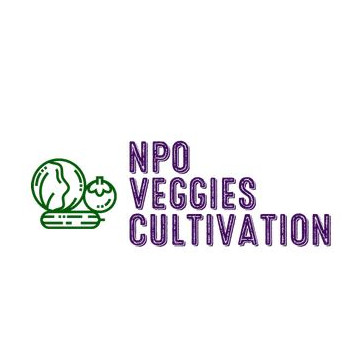How negative dif conditions revolutionize lettuce farming
In the realm of sustainable agriculture, innovative techniques are continually being explored to enhance crop production while minimizing environmental impact. One such technique that has gained attention in recent years is the application of negative DIF (Difference in Temperature) conditions in lettuce farming. This method has the potential to revolutionize how lettuce is cultivated, offering numerous benefits in terms of growth efficiency, energy conservation, and reduced chemical usage.
Understanding DIF in Plant Growth
DIF refers to the difference between day and night temperatures in a controlled growing environment. It is a critical factor in plant growth regulation, influencing various physiological processes such as stem elongation, leaf expansion, and overall plant morphology. By manipulating DIF, farmers can optimize plant growth and improve crop quality.
Traditionally, positive DIF, where day temperatures are higher than night temperatures, has been used to promote plant growth. However, recent studies have shown that negative DIF, where night temperatures exceed day temperatures, can have significant benefits for certain crops, including lettuce. This approach can lead to more compact plants with improved leaf quality and reduced energy consumption.
The Science Behind Negative DIF
Negative DIF conditions influence lettuce physiology by altering hormonal balances and metabolic rates. This results in shorter, sturdier plants with thicker leaves, which are often more desirable in commercial lettuce production. The reduced elongation of stems under negative DIF conditions also contributes to a more uniform crop, which is easier to harvest and package.
Implementing negative DIF can lead to faster growth rates and improved yield. The controlled temperature environment allows for precise management of plant development stages, ensuring optimal conditions for each phase of growth. This can result in a more efficient production cycle, with higher quality produce reaching the market more quickly.
Implementing Negative DIF in Lettuce Farming
To successfully implement negative DIF, farmers must utilize advanced environmental control systems that can accurately regulate temperature fluctuations. This often involves the use of automated climate control technologies, such as programmable thermostats and ventilation systems, to maintain the desired temperature differential.
Modern greenhouses and vertical farming setups are particularly well-suited for negative DIF implementation. These environments allow for precise control over temperature, humidity, and light, enabling farmers to create the ideal conditions for lettuce growth. By integrating sensors and data analytics, farmers can continuously monitor and adjust conditions to optimize plant health and productivity.
Benefits of Negative DIF in Lettuce Cultivation
One of the primary benefits of negative DIF is the potential for enhanced growth and yield. Lettuce grown under these conditions often exhibits improved leaf texture and color, making it more appealing to consumers. Additionally, the compact growth habit reduces the risk of mechanical damage during handling and transportation.
Negative DIF can also contribute to significant energy savings. By reducing the need for artificial heating during the day, farmers can lower their energy consumption and associated costs. This not only benefits the environment by reducing greenhouse gas emissions but also improves the economic viability of lettuce farming operations.
With more robust plants and improved environmental control, the need for chemical interventions, such as pesticides and growth regulators, is reduced. This aligns with the goals of organic and sustainable farming practices, providing a healthier product for consumers and a safer working environment for farm workers.
Challenges and Considerations
Despite its benefits, implementing negative DIF can present technical challenges. Precise temperature control requires investment in advanced technology and infrastructure, which may not be feasible for all farming operations. Additionally, the specific temperature requirements for negative DIF can vary depending on the lettuce variety and local climate conditions.
While negative DIF offers potential cost savings, the initial investment in technology and training can be substantial. Farmers must carefully weigh these costs against the expected benefits to determine the feasibility of adopting this technique. Furthermore, the environmental impact of increased energy use for cooling during the day must be considered, particularly in regions with high ambient temperatures.






Comments (0)